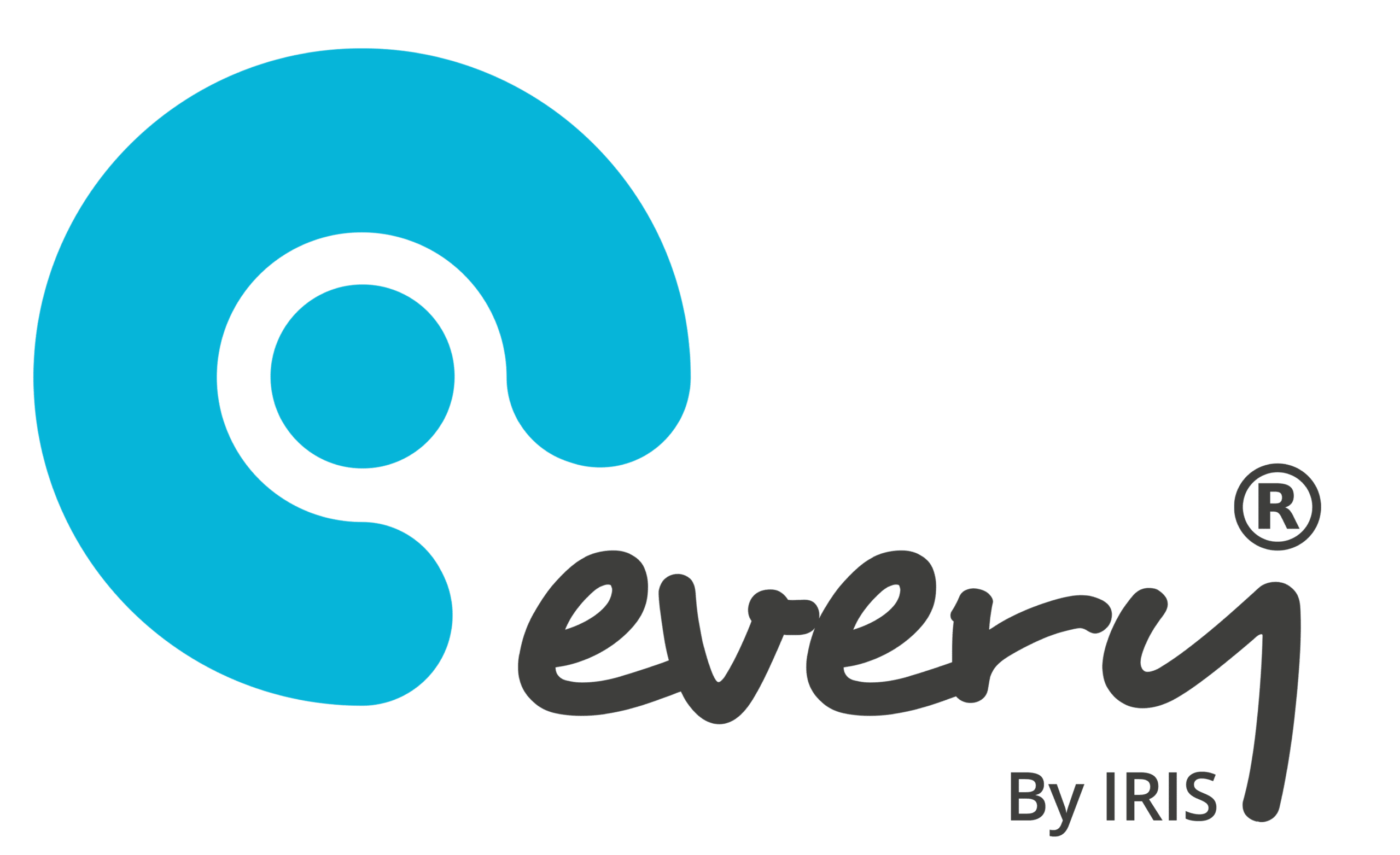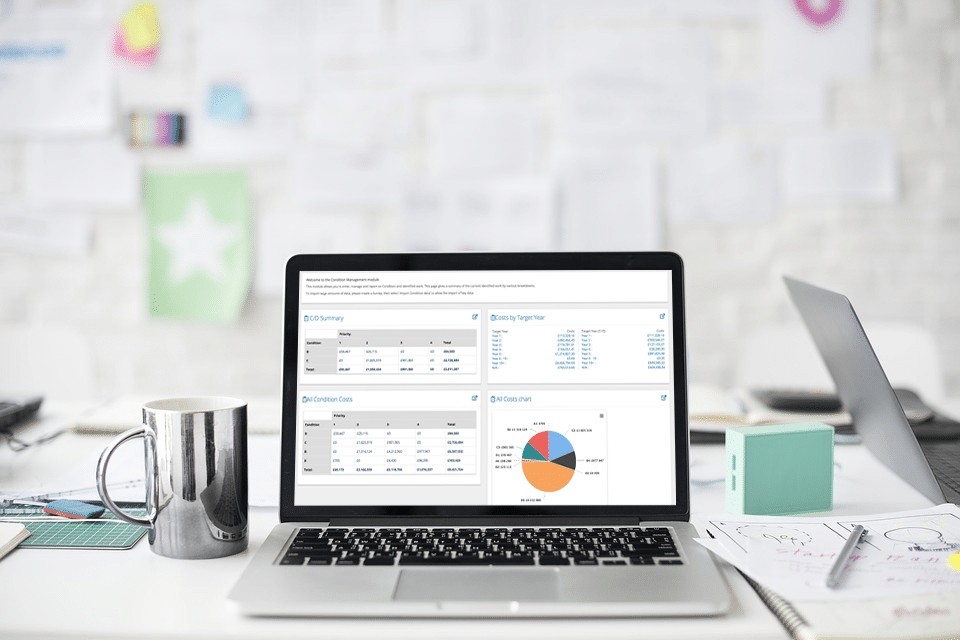As 2021 draws to a close, it’s exciting to see an increasing number of schools and MATs incorporate back-office technology to improve and streamline their business processes. The last 24 months have highlighted the significant benefits of technology, and there’s an increasing appetite through the education sector to digitally transform. That’s both in terms of the business of providing education and, more specifically, human resources functions.
Streamlining the technology transformation
Modernise, rationalise, and automate. These are the buzz words associated with the transformation projects at schools and MATs up and down the country. Using one central software system to manage HR processes provides benefits such as:
- Reduced admin time;
- A more robust application of policies (such as absence);
- A lessened need for paper;
- Sped-up reporting and decision-making.
It’s an oft used saying to ‘work smarter not harder’, but what does that actually mean? In the context of technology, it means getting the same task done quicker. It means removing tasks that are unnecessary because the system takes care of them instead (e.g. reminders and automated task assignment). It means reports are effortless to produce. It means the organisation can focus on identifying and developing their best talent.
Less is more
Rationalising multiple different software systems (from performance to absence management to case management) means only one employee record, not one in each system. It’s pretty much guaranteed that once you’ve put this into practice, you never look back.
Using technology that lets staff update their own details means that you don’t have to. Employees can easily take responsibility for ensuring their details are kept up-to-date, and take actions like changing addresses, requesting leave, or viewing personal development plans. You’ll save yourself precious time as well as reducing the risks of mistakes or gaps in data, which could end up lost.
Time is of the essence
In education settings, HR teams must ensure strict adherence to legislation and compliance. This can also be translated to constantly chasing and nagging teachers to read the latest guidance; for example, from the DfE. Time’s already lost, and that’s even before you’ve factored in the number of staff across a multi-academy trust.
Teachers need to teach, and students need to learn. We can’t make more time, but we can streamline processes to better use our time. Where arduous administrative tasks can be digitalised and automated, brainpower can be used elsewhere. For instance, a system that sends automatic email reminders about reading a certain piece of legislation frees up an employee who would otherwise have to manually distribute the same email.
Every day is a school day
Saving time, streamlining processes, and reaping financial rewards are just the tip of the iceberg of employing technology. Managing people and putting them at the centre of operations is one of the key elements of HR. Incorporating a system that promotes staff progress, performance, and a cohesive workforce helps to increase productivity levels and feelings of satisfaction.
Manually scheduling training sessions that somehow fit into every Tom, Dick, and Harry’s calendars is quite the messy task. Especially as working patterns increasingly vary, and the scope for internal commitments broadens. To counteract this issue, electronic staff management portals allow for the easy upload of training assets, like videos and webinars. Employees can access and complete mandatory training when it suits them, often remotely, too. For the staff that ‘forget’ to partake, handy email reminders can be sent to help aid compliance.
Remote learning, not just for kids
E-learning wasn’t just fast solution for students during the pandemic; it’s becoming ever-popular among adults, too. It’s easy to see why. Accessing courses from wherever, whenever, makes learning far more appealing. Dashboards that track progress and performance allow for greater transparency between staff and managers, helping employees get the recognition they deserve, when they deserve it.
Similarly, portals allow managers to source and analyse performance data, helping to identify areas in which an employee may be struggling. This information lets them be proactive, rather than reactive, about professional development. It’s far easier to deduct areas in which a staff member may require additional support when it’s literally RAG listed in front of you. Having access to end-to-end performance data results in a more intelligent, knowledgeable, and compliant workforce. One that will only drive results.
We need to retain our school staff now more than ever. There’s plenty of educational hoops that need jumping through daily; let’s stop adding more to the list. We don’t tend to think twice about letting tech infiltrate our homes (need we mention that name beginning with ‘A’?); it’s fully deserving of its place in schools, too.
Want to make 2022 the year your school streamlines processes and unlocks efficiencies?
| Thank you for Signing Up |




